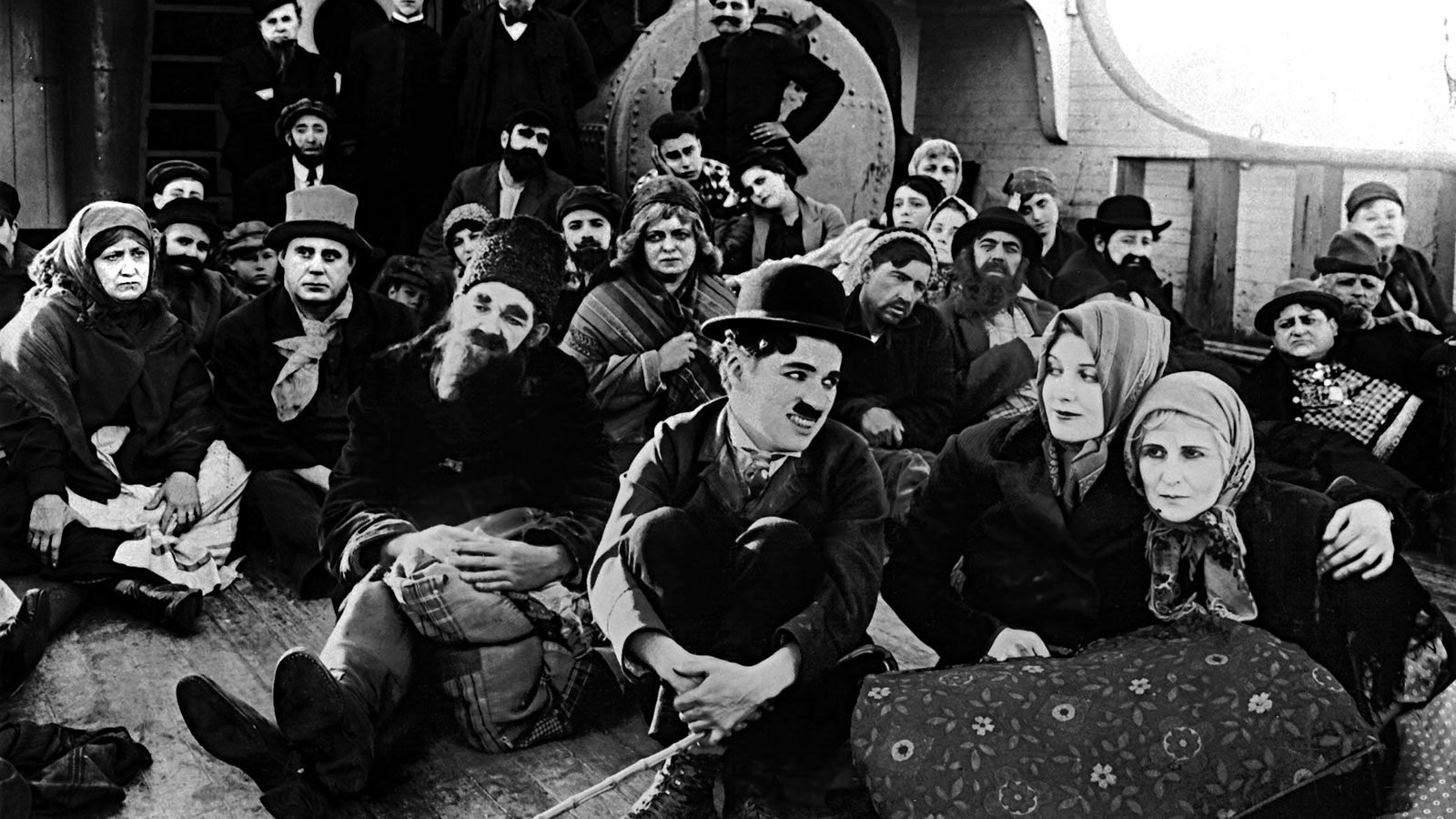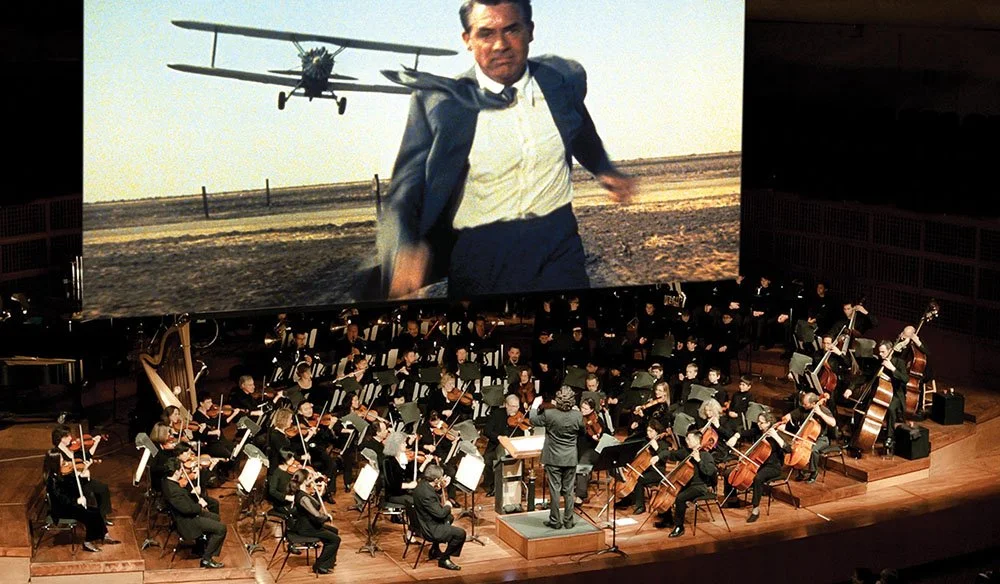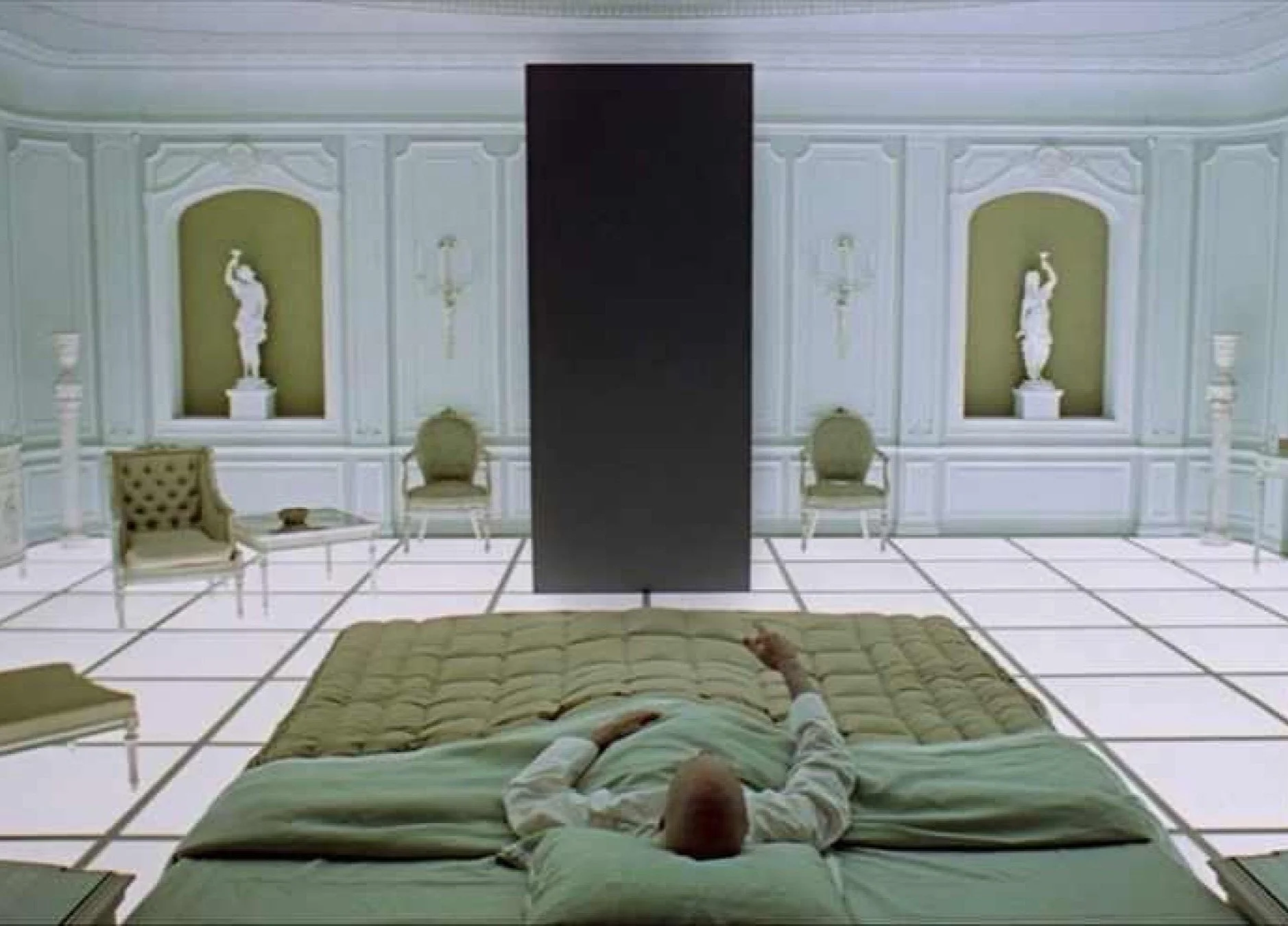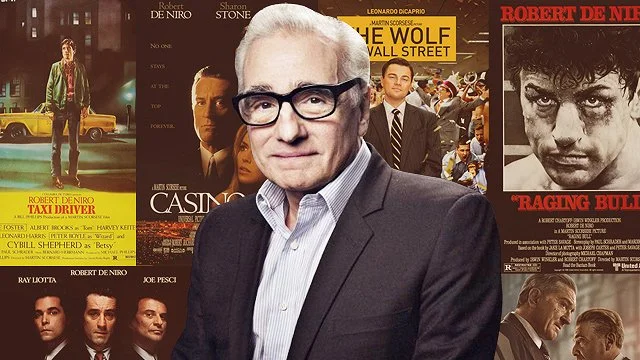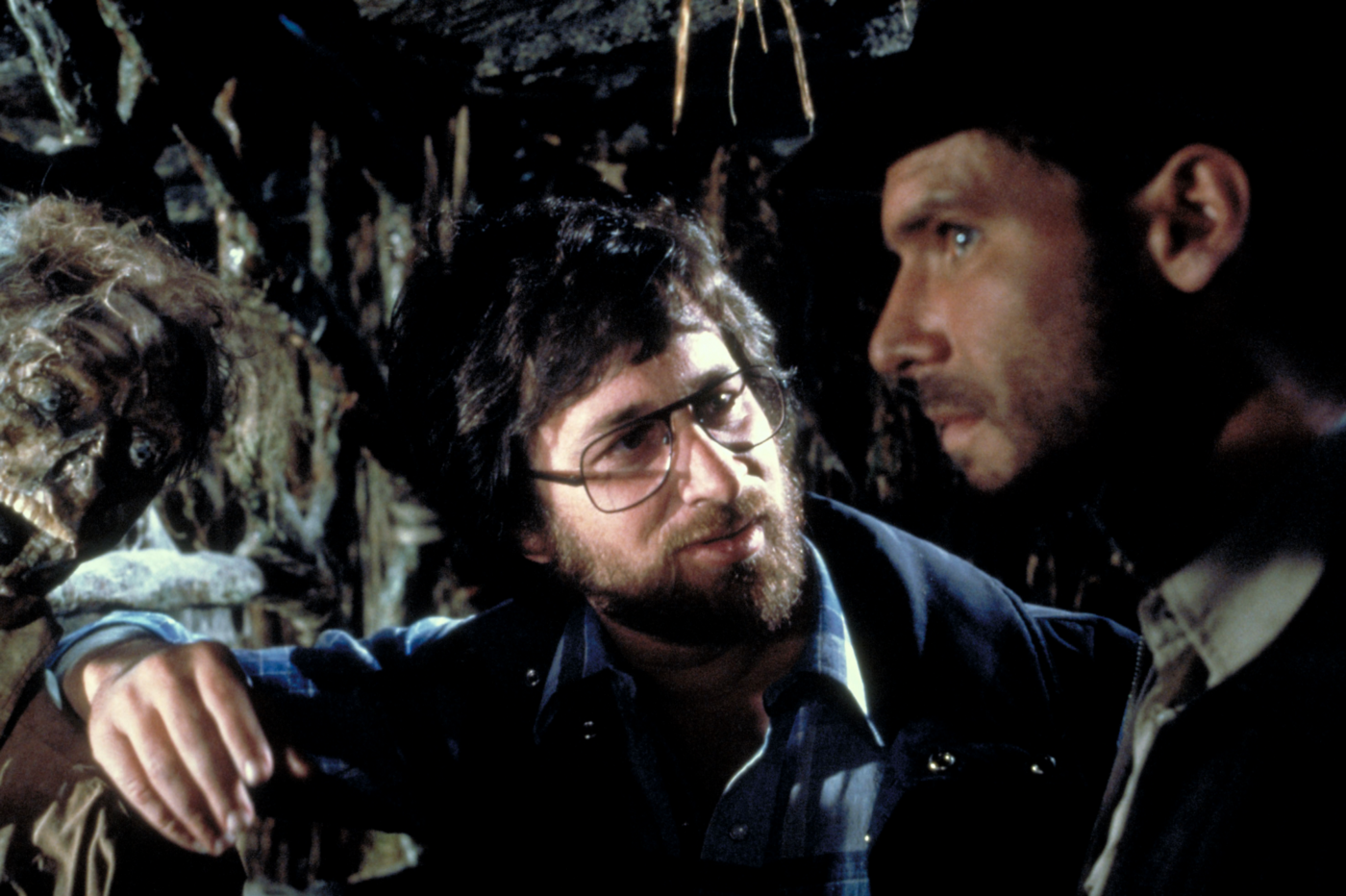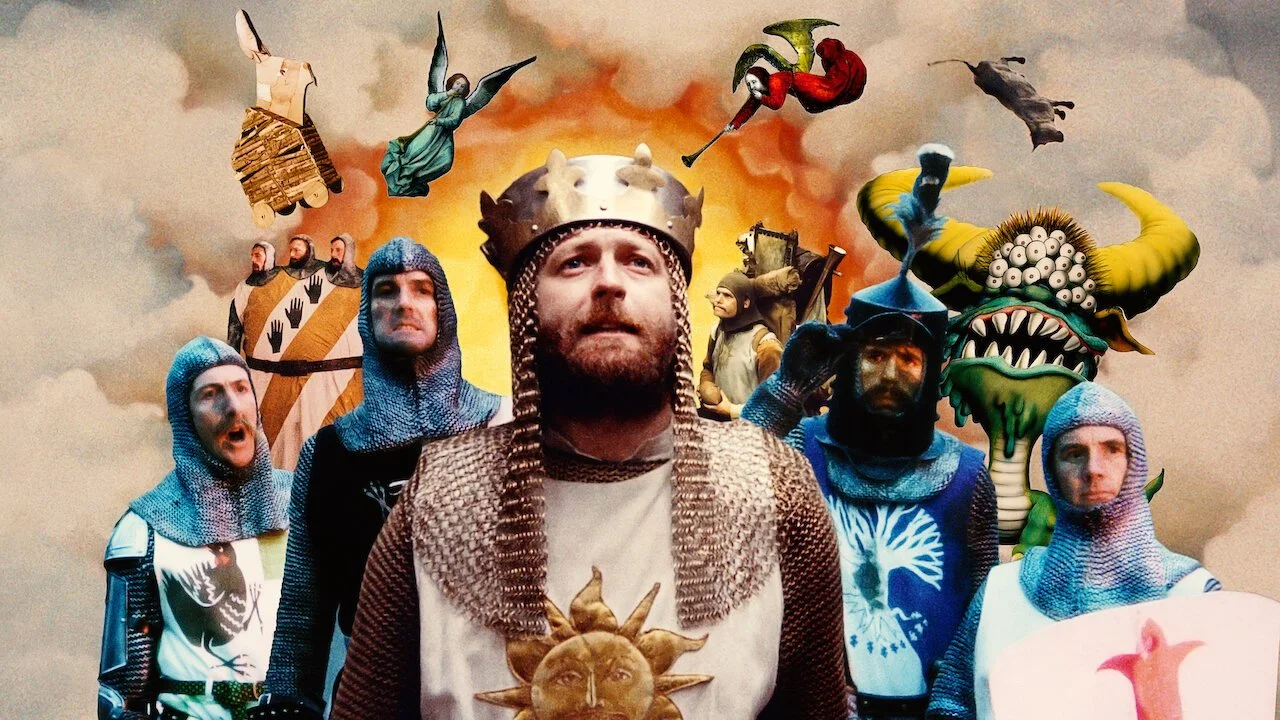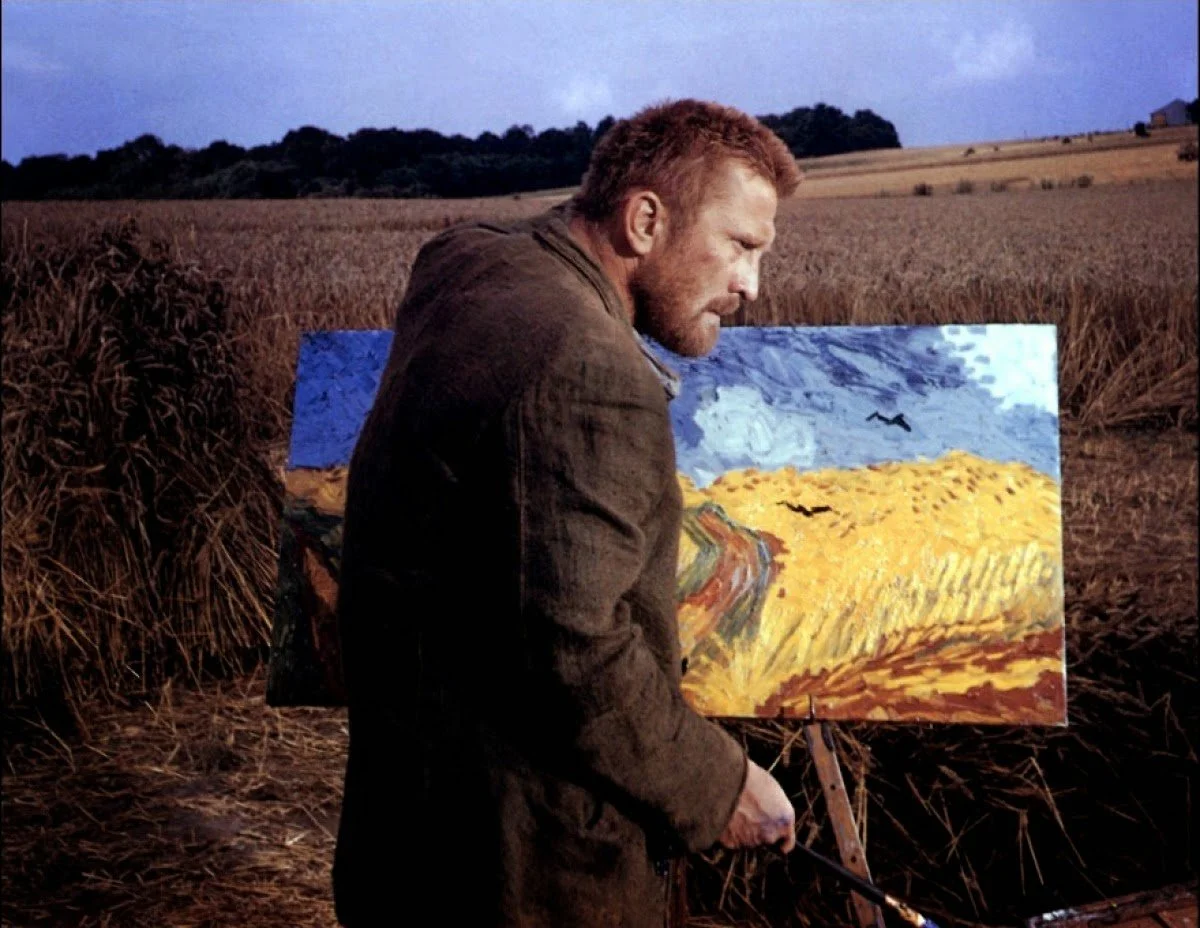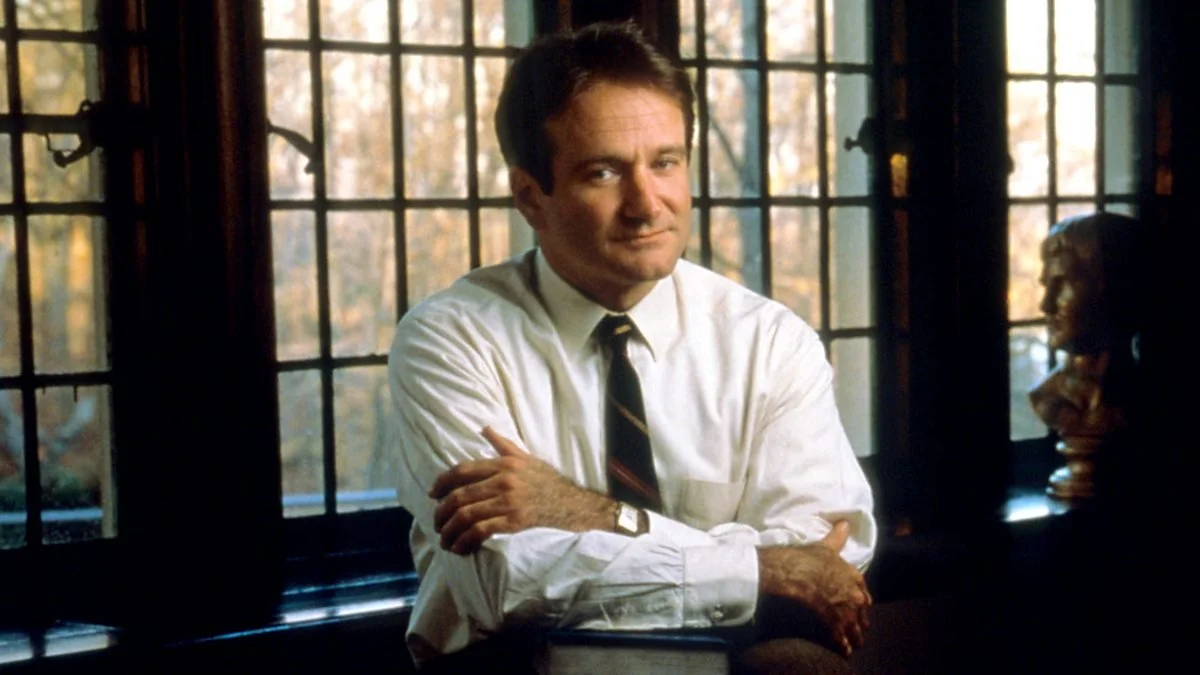
Previous Lectures
Jaws: The Making Of A Masterpiece
This lecture looks at the cinematic genius, making of, and cultural impact of Stephen Speilberg’s 1975 blockbuster film “Jaws", based on the novel by Peter Benchley. Considered one of the greatest films ever made, its release was regarded as a watershed moment in motion picture history, becoming the first bona fide blockbuster. The film's score, composed by John Williams, became iconic and is often considered one of the greatest film scores of all time. The music, combined with the suspenseful direction and strong performances by the cast, including Roy Scheider, Richard Dreyfuss, and Robert Shaw, made "Jaws" a classic of modern cinema. In addition to its commercial success, Jaws had a significant impact on the horror and thriller genres and popular culture in general.
The Cultural and Cinematic Legacy of “The Godfather”
The Godfather films continue to fascinate and entertain audiences and have become some of the most enduring in the industry. We will examine themes of family, family values, the criminal empire of the Corleone family as a metaphor for American capitalism and values, and the immigrant experience, and the film’s legacy of phrases that endure in the contemporary popular lexicon (“I’m gonna make him and offer he can’t refuse”; “keep your friends close, but your enemies closer”, etc.). It will also explore the folklore, legend, and background stories on the actual making of the film - Mario Puzo’s input, rallies by various Italian groups agains the making of the film, difficulties with the studio and for office, perception of the film content, and the casting of experienced actors versus Coppola’s choices of relative unknowns. The program will analyze clips from the film, and from the documentary "The Godfather Legacy”, for insights into the development, production, and cultural and cinematic legacy of the films.
This lecture will highlight the representation of immigrants in early Hollywood cinema, the evolution of the portrayal of immigrant characters in more recent films, and explore the ways in which immigrant stories are used to address larger social, political, and cultural issues. We will look at movies that detail the immigrant experience such as The Godfather, Part II (1974), America America (1963), Avalon (1990), films from the early silent days such as Charlie Chaplan's The Immigrant (1917) to more recent films like Brooklyn (2015) and Minari (2020), as well as comical or allegorical commentary on the immigrant experience like Coming to America (1988) and Alien Nation (1988). The lecture concludes with a discussion of the importance of accurate and nuanced representation of immigrant experiences in movies and the impact that these representations can have on shaping public perception and understanding of immigration.
The Immigrant Experience in Film
Music in Film
Music has an important part to play in the making of a great film. Sometimes, a music’s original score fits perfectly into the tenor of a film, and becomes as much a part of it’s success as the cinematography, acting, or editing. Other times, just the right song meets just the right scene, and a skilled director can take advantage of existing music, such as Martin Scorsese’s use of the the Derek and the Dominos “Layla" in Goodfellas (1990), Stanley Kubrick’s use of Richard Strauss’s "Thus Spoke Zarathustra" in 2001: A Space Odyssey (1968). Through clips and discussion of various films, we will see how music, as part of a soundtrack or original scores in films like Psycho (1960), Jaws (1974), and Lawrence of Arabia (1962), can create indelible cinematic moments.
New Hollywood – American New Wave Cinema of the 1970’s
Considered the Last Golden Age of American Cinema, New Hollywood, or “The American New Wave”, of the late 1960’s and 1970’s brought some of the most momentous films and filmmakers of all time. Influenced by Asian cinema and European film movements like The French New Wave of the late ‘50’s and early ‘60s, films like Francis Ford Coppola’s The Godfather (1972), William Friedkin’s The Exorcist (1973), Steven Spielberg’s Jaws (1975) and Close Encounters of the Third Kind (1977), and George Lucas’s Star Wars (1977) ushered in an era of the most commercially successful period in Hollywood’s history, and a generation of auteurs and ‘film school brats’ who changed the world of filmmaking as well as American culture forever. We break down the influences and relationships of these film directors, the important films of the era, and clips from the documentaries A Decade Under The Influence (2003) & Easy Riders, Raging Bulls (2003)
Unsurprisingly, given his stature as one of the greatest writers in the English language, William Shakespeare (1564-1616) has directly or indirectly inspired a huge number of films. In addition to the countless film adaptations of classics like Hamlet, The Merchant of Venice, and Henry V, countless other films are surprisingly based on his stories. We will look at some well-known like West Side Story (based on Romeo & Juliet), The Lion King (based on Hamlet), and Forbidden Planet (based on The Tempest), among others including recent film adaptations such as Joel Coen’s The Tragedy of Macbeth (2021), starring Denzel Washington
Shakespeare at the Movies
More than 50 years after it’s release, Stanley Kubrick’s 2001: A Space Odyssey is a film that has had a lasting impact on the film industry, science fiction, and popular culture and is considered by many to be a classic work of art. It is considered to be an important film for several reasons: groundbreaking visual effects, sound design, and cinematography, abstract and visually stunning images, which have become iconic, and it’s exploration of deep philosophical questions about the nature of humanity, evolution, technology, and the meaning of existence. This lecture will explore the making of the film, it’s themes, symbolism and interpretations, and it’s impact of film, philosophy, and popular culture.
2001: A Space Odyssey - Symbolism, Allegory, & Imagery
George Carlin is widely regarded as one of the greatest and most influential stand-up comedians and social commentators of all time. He began his career in the 1960s and became known for his unconventional style, sharp wit, and irreverent social commentary. Known for pushing boundaries using humor to address political and cultural issues, his comedy albums, including "Class Clown" and "FM & AM," and 14 HBO specials from 1976 to 2008, helped to shape the genre of stand-up comedy and are still widely regarded as classics. We will look at his most influential stand-up routines and examine his philosophy, style, and legacy which continues to have an impact on the world of comedy and his commentary that still has contemporary significance to this day.
The Career and Comedy of George Carlin
The Law has long been one of the great subjects in films. Some of the greatest movies ever made were about lawyers, the law, and the courtroom setting, and strive for accuracy in their depiction of legal procedures and provide insights into the human side of the law.. The lecture will look at the most notable films and scenes in history and discuss their influence on culture, the representations of changing times and laws, and how they use the court cinematically as a setting for incredible storytelling, themes of legal battles, court cases, crime and punishment, and the functioning of the criminal justice system. Films discussed will include To Kill A Mockingbird (1962), Inherit The Wind (1960),, 12 Angry Men (1957),, A Few Good Men (1992),, My Cousin Vinny (1992), The Verdict (1982), Philadelphia (1993), and Judgement at Nuremberg (1961).
The Law in Films
In a career that spanned over four decades and 13 feature films, American director Stanley Kubrick one of the most influential filmmakers of the 20th century. Kubrick's films were known for their unique visual style, intense attention to detail, and controversial themes. He often pushed the boundaries of what was considered acceptable in the film industry and tackled complex and thought-provoking subjects such as the nature of humanity, the dangers of technology, and the futility of war. In this lecture, we will look at his films such as Paths of Glory (1957), 2001: A Space Odyssey (1968), A Clockwork Orange (1971), The Shining (1980), Dr. Strangelove or: How I Learned to Stop Worrying and Love the Bomb (1964), and Full Metal Jacket (1987). As one of the greatest directors of all time and his legacy continues to influence the art of filmmaking.
The Career and Films of Stanley Kubrick
Federico Fellini was an Italian film director and screenwriter know for his distinctive style which blends fantasy and baroque images with earthiness. Recognized as one of the most influential filmmakers of all time, Fellini's influence on the film industry is widespread. He is regarded as one of the greatest filmmakers of all time and his work has inspired countless filmmakers and artists. He was also instrumental in bringing the Italian neorealist movement to the world stage and is credited with helping to establish Italian cinema as a major player in the international film community. We will look back on his career from it’s beginnings to his legacy, through interviews and clips from classic films like La Strada (1954), Nights of Cabiria (1957), La Dolce Vita (1960), Juliet of the Spirits (1967), Satyricon (1969), Amacord (1973), and, 8 1/2 (1963).
The Career and Films of Federico Fellini
American film director, producer, screenwriter, and film historian Martin Scorsese is widely considered one of the greatest filmmakers of all time. His influence on film has been immense and has inspired countless filmmakers around the world. He is known for revolutionizing the crime genre, his signature use of vivid, fast-paced editing, intense sound design, and deeply drawn characters. His career has spanned over five decades and films that deal with themes of crime, violence, religion, and spirituality. This lecture will examine his career and films including Mean Streets (1973), Taxi Driver (1976), Raging Bull (1980), Goodfellas (1990), The Age of Innocence (1993), Gangs of New York (2002), The Departed (2006), Hugo (2011), and The Irishman (2019), among many other, including his latest, Killers of the Flower Moon (2023)
The Career and Films of Martin Scorsese
Quentin Tarantino is known as both a great director and a great writer, and his films have given us some of the most iconic and memorable characters and moments in cinema history. His films are characterized by nonlinear storylines, dark humor, aestheticization of violence, extended scenes of dialogue, ensemble casts, and references to popular culture. Through interviews and clips from classic films including Pulp Fiction (1994), Inglorious Basterds (2009), Django Unchained (2012), Reservoir Dogs (1992), The Hateful Eight (2015), and Once Upon a Time in Hollywood (2019), we will examine the career, style, and cinematic techniques, as well as the subjects and motifs, of one of the great directors.
The Career and Films of Quentin Tarantino
As a writer, director, producer and performer, few entertainers have had a career as influential as Mel Brooks. From his early days as a Borscht Belt comic and performer to his tv writer on Your Show Of Shows and others, to his well known directing cannon with comic classics like Blazing Saddles (1974), Young Frankenstein (1974), and The Producers (1967), and History of the World, Part 1 (1981), his body of work is impressive. What’s even more impressive is that he is still working after all these years! Brooks' influence can be seen in many contemporary comedies, and he has inspired generations of filmmakers and comedians with his unique brand of humor.
The Career and Films of Mel Brooks
Sidney Lumet's was a master of cinema, best known for his technical knowledge and his skill at getting first-rate performances from his actors -- and for shooting most of his films in his beloved New York. He made over 40 movies in a career that spanned over 50 years, making his feature film directing debut in 1957 with'12 Angry Me'. He was known for his socially conscious films that dealt with issues such as police corruption, political activism, and civil rights. He went on to an influential directing career that included such classics as The Pawnbroker (1964), Serpico (1973), Dog Day Afternoon (1975), Network (1976), and The Verdict (1982). He was nominated for four Academy Awards for Best Director, and was awarded a Lifetime Achievement Oscar in 2005. His style of filmmaking, characterized by a focus on strong performances, simple storytelling, and social commentary, has influenced many of the most important films and filmmakers of the last several decades.
The Career and Films of Sidney Lumet
No director in the history of films has been influential than Steven Spielberg. He is widely considered one of the most influential and successful filmmakers of all time, with a career spanning over four decades. He is best known for his epic blockbusters, such as Jaws (1975), Close Encounters of the Third Kind (1977), Raiders of the Lost Ark (1981), E.T. the Extra-Terrestrial (1982), and the "Indiana Jones" franchise. In addition to his blockbuster hits, Spielberg is also known for his emotionally charged dramas, such as Schindler's List (1993), which won him his first Academy Award for Best Director, and Saving Private Ryan (1998), which was widely acclaimed for its realistic depiction of World War II. He has been nominated for five Academy Awards for Best Director and has won three times. He has established himself as a visionary filmmaker, whose impact on the film industry has been immeasurable.
The Career and Films of Steven Spielberg
Britain’s Monty Python, formed in the late 1960’s, became one of the most influential comedy troupes of all time. They branched off into a variety of different media after the success of their sketch comedy television series, “Monty Python's Flying Circus”. This lecture will include clips from all four features they made as a team - And Now for Something Completely Different (1971), Monty Python and the Holy Grail (1975), Monty Python's Life of Brian (1979), & Monty Python's The Meaning of Life (1983) - as well as notable movies directed by Terry Gilliam - Time Bandits (1981), Brazil (1985), The Fisher King (1991), 12 Monkeys (1995), who evolved from animation genius to premier fantasist and one of Hollywood's most influential visionaries. From songs to sketches, slapstick to scatology, the Pythons have added immeasurably to the definition and direction of film comedy.
The Comedy and Films of Monty Python
The history of human communication can be traced back to the earliest forms of language, which emerged tens of thousands of years ago. Over time, language evolved and diversified, leading to the development of various forms of written communication such as cuneiform and hieroglyphics. With the invention of the printing press in the 15th century, mass communication became possible, and the written word was able to spread more rapidly and effectively. The advent of the digital age and The invention of the computer in the mid-20th century paved the way for the development of the internet and the World Wide Web, which transformed the way we communicate and access information. Today, we communicate through a variety of digital channels, including email, instant messaging, social media, and video conferencing, allowing us to connect with people across the globe in real-time. This lecture looks and the development of technologies of the past and look forward to the possible future of the way we communicate on Earth and beyond.
The History and Future of Human Communication
This lecture explores how cinema brings artists and their work to life, highlighting their unique styles, creative processes, and the cultural and historical context in which they lived and worked. Some of the notable films in this genre include Lust for Life (1956), a biographical drama about Vincent van Gogh, and Pollock (2000), a film about the life and work of abstract expressionist painter, Jackson Pollock. Other artists and films include Michelangelo: The Agony and the Ecstasy (1965), Frida Kahlo: Frida (2002), Jean-Michel Basquiat: Basquiat (1996), and Johannes Vermeer: Girl with the Pearl Earring (2003). These films offer audiences an in-depth look at the lives and careers of some of the greatest painters of all time, exploring their triumphs, struggles, and contributions to the art world. In addition to providing a visual representation of the artists and their work, these films also demonstrate the impact that these painters had on society and culture, as well as the influence of their work on future generations.
Cinematic Portraits of Great Artists
Robin Williams was one of the greatest performers of all time - hilarious, heartwarming, shocking, sweet, and truly genius. This lecture will look at his rise to fame in the 1970s and 1980s with his energetic, irreverent stand-up comedy, to becoming one of the most beloved and iconic actors of his generation, appearing in numerous classic films and television shows beginning with the hit TV series "Mork & Mindy" (1978-1982). We will focus on his film career that includes four Academy Award nominations for films like The World According to Garp (1982), Moscow on the Hudson (1984), Good Morning, Vietnam (1987), Dead Poets Society (1989), Awakenings (1990), The Fisher King (1991), and Good Will Hunting (1997), for which he won the Best Supporting Actor Oscar. His career spanned decades, and his films have left a lasting impact on audiences, inspiring future generations of actors and comedians.
The Career and Films of Robin Williams
Jack Nicholson is considered one of the most talented and accomplished actors in the history of Hollywood. He has been active in the film industry since the 1960s and has appeared in more than 70 films, winning numerous awards and critical acclaim for his performances. He is known for his charming yet rebellious nature, his devil-may-care attitude, and his willingness to take risks and challenge the status quo. His reputation as a ladies' man and his high-profile personal life have also contributed to his status as a cultural icon. With twelve Academy Award nominations, he is the most nominated male actor in the Academy’s history. He has won the Academy Award for Best Actor twice, once for One Flew Over the Cuckoo’s Nest (1975) and once for As Good as It Gets (1997). In this lecture, we will look at his career, his per and his iconic roles in films like Easy Rider (1969), Five Easy Pieces (1970), Chinatown (1974),, The Shining (1980), A Few Good Men (1992), and The Departed (2006) among many others.
The Career and Films of Jack Nicholson
In a three-year period in the 1970’s, Al Pacino quickly established himself as a versatile actor capable of portraying intense and complex characters with great depth and authenticity. A relatively unknown stage actor at the time, Pacino starred in The Godfather (1972), Serpico (1973), The Godfather, Part II (1974), and Dog Day Afternoon (1975), cementing him as one of the greatest film actors of his generation. Since then, he has compiled a career spanning six decades, including an Academy Award, 2 Tony Awards, an AFI Lifetime Achievement Award, and has become a cultural icon and Hollywood legend. We will look at clips from his vast career and memorable moments from films like Scarface (1983), Scent of a Woman (1992), Donnie Brosco (1997), The Irishman (2019), and countless other films in his storied career. Pacino's influence on popular culture can be seen in the many references and homages to his work in films, TV shows, and music. His iconic role as Tony Montana in "Scarface," for example, has become a cultural touchstone, and his performance in "The Godfather" is widely regarded as one of the greatest in cinematic history.


